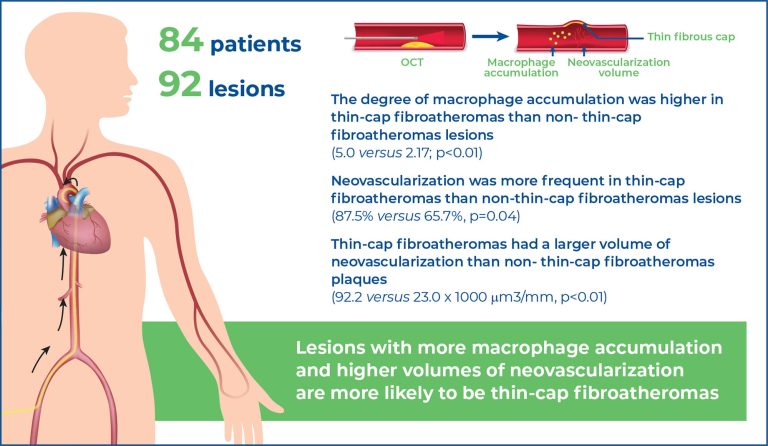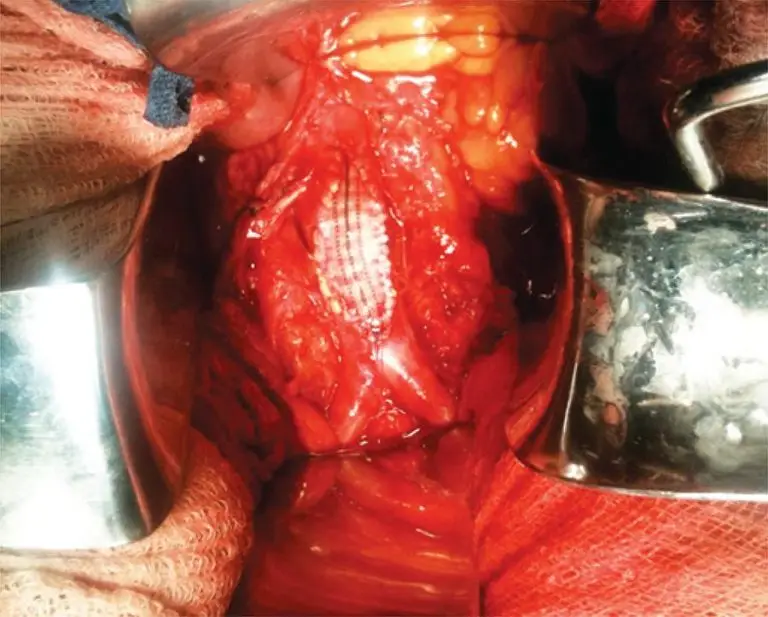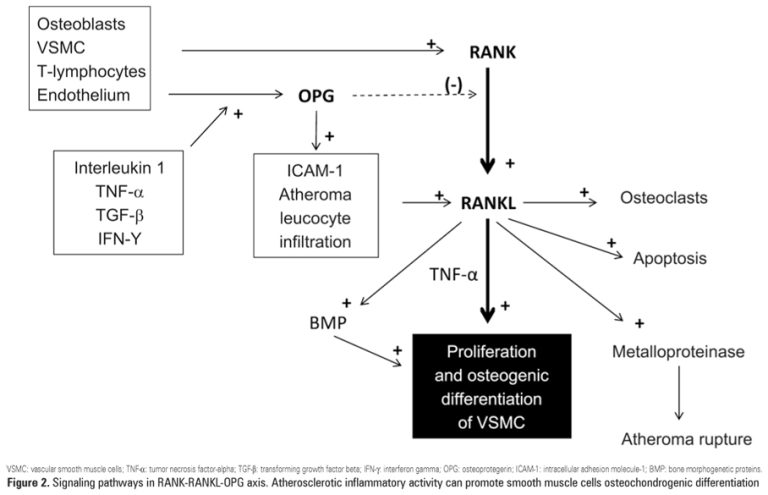25/Nov/2025
Unraveling atherosclerosis through single-cell RNA sequencing: insights into cellular heterogeneity and disease mechanisms
einstein (São Paulo). 25/Nov/2025;23:eRW1780.
View Article25/Nov/2025
Unraveling atherosclerosis through single-cell RNA sequencing: insights into cellular heterogeneity and disease mechanisms
DOI: 10.31744/einstein_journal/2025RW1780
ABSTRACT Atherosclerosis remains the leading cause of mortality worldwide. The characterization of atherosclerotic lesions reveals that they represent a chronic and progressive inflammatory condition affecting the arterial wall. Despite extensive investigations, its complex pathogenesis remains incompletely understood. Single-cell RNA sequencing (scRNA-seq) has recently emerged as a transformative tool, enabling detailed analysis of the cellular composition within atherosclerotic plaques. This approach provides a more comprehensive and nuanced understanding of plaque biology. This review provides a concise overview of current scRNA-seq methodologies […]
Keywords: Atherosclerosis; Plaque, atherosclerotic; Sequence analysis, RNA; Single-cell gene expression analysis
23/Oct/2025
Thin-cap fibroatheroma association with local inflammatory activity in coronary disease: an optical-coherence tomography study
einstein (São Paulo). 23/Oct/2025;23:eAO1592.
View Article23/Oct/2025
Thin-cap fibroatheroma association with local inflammatory activity in coronary disease: an optical-coherence tomography study
DOI: 10.31744/einstein_journal/2025AO1592
Highlights ■ Optical coherence tomography enables in vivo characterization of inflammatory activity within coronary plaques. ■ Thin-cap fibroatheromas demonstrate greater macrophage accumulation than non-thin-cap fibroatheromas. ■ Neovascularization is more frequent and quantitatively greater in thin-cap fibroatheromas. ■ The combined burden of macrophages and neovessels provides predictive value for plaque vulnerability. ABSTRACT Objective: The aim of the present study is to assess whether the intensity of local inflammation relates to the presence of thin-cap fibroatheromas. Methods: Retrospective, single-center study of patients […]
Keywords: Atherosclerosis; Coronary artery disease; Inflammation; Microphages; Plaque, atherosclerotic; Tomography, optical coherence
10/Mar/2025
Aortic calcium score predicts early outcomes in aortoiliac revascularization
DOI: 10.31744/einstein_journal/2025AO0527
Highlights ■ The calcium score can be calculated using computed tomography angiography. ■ The aortic calcium score was associated with amputation and subsequent revascularization within 30 days. ■ The calcium score in below-the-knee arteries was higher in the patients who underwent subsequent revascularization and amputation at 12 months. ABSTRACT Objective: To evaluate the association between lower limb artery calcium scores in preoperative computed tomography angiography and outcomes of patients with critical limb ischemia who underwent revascularization procedures in the aortoiliac […]
Keywords: Amputation, surgical; Angioplasty; Atherosclerosis; Calcium; Chronic limb-threatening ischemia; Computed tomography, angiography; Lower extremity; Peripheral arterial disease
01/Apr/2014
Coral reef aorta, emergency surgical: case report and literature review
DOI: 10.1590/S1679-45082014RC2772
Coral reef aorta is described as an uncommon entity characterized by the presence of coarse calcifications, which are developed in the visceral aorta. These calcifications grow toward the lumen of the artery and can result in significant stenosis, so that causing malperfusion of the lower limbs, visceral ischemia or hypertension secondary to renal involvement. We report here a case of a 54-year-old patient with coral reef aorta and symptomatic. The clinical presentation of the patient required the surgical approach. A […]
Keywords: Aorta; Aorta, abdominal; Atherosclerosis; Case reports; Emergencies; Endarterectomy; Ischemia
15/Oct/2013
Vascular calcification: pathophysiology and clinical implications
DOI: 10.1590/S1679-45082013000300021
Vascular calcification in coronary artery disease is gaining importance, both in scientific research and in clinical and imaging applications. The calcified plaque is considered the most relevant form of atherosclerosis within the coronary artery tree and is frequently a challenge for percutaneous intervention. Recent studies showed that plaque calcification is dynamic and is strictly related to the degree of vascular inflammation. Several inflammatory factors produced during the different phases of atherosclerosis induce the expression and activation of osteoblastic cells located […]
Keywords: Atherosclerosis; Myocardial ischemia; Renal insufficiency; Vascular calcification; Vitamin D






